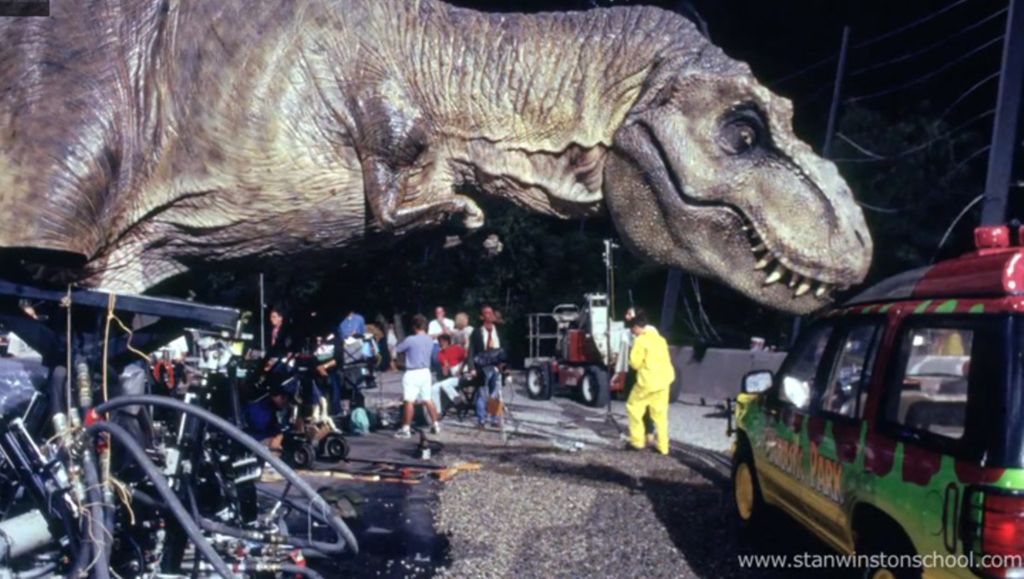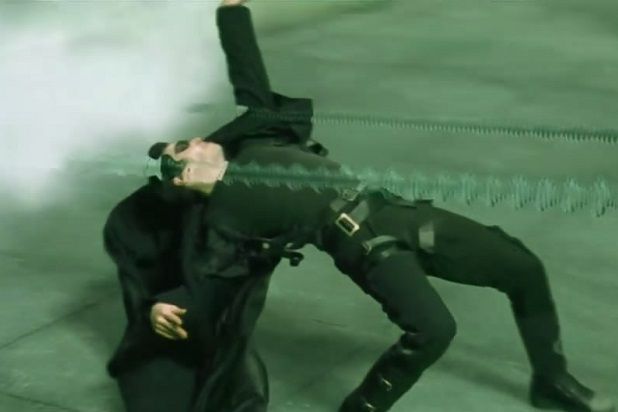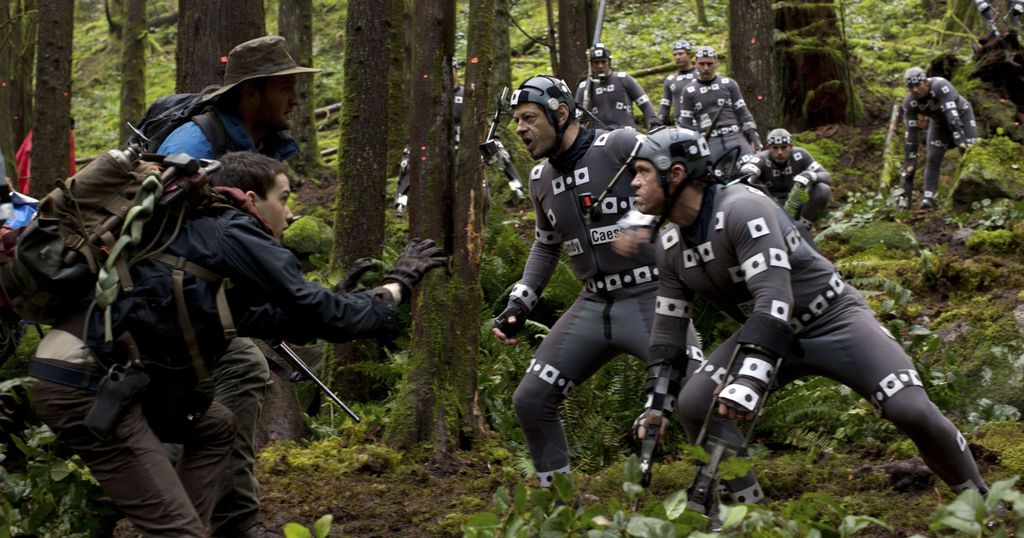Brilliance Of Vfx In Movies.
May 13, 2019 • 172 views
To create enthralling film scenes extensive visual effects encompassing methods such as CGI, animatronics, etc are used. Its relevance now is more than ever, with back to back high budget sci-fi movie releases. These technically intricate methods were virtually unknown until the 80s when the bloom in film technology occurred. Now we take these effects for granted as they come, because we almost see it every time (I am talking mostly about Hollywood movies).Might not be so jaw dropping for us but these effects definitely left the audience in sheer awe during the early days, because it wasn’t something they saw every day.
For example the first Jurassic Park movie (1993) was a thrilling edge of the seat experience for the people watching it, because of the brilliant use of life-sized animatronics and CGI to create these monstrous reptiles. Even if you watch it now you would find it nearly as realistic as movies coming out presently.

A question often arises that what exactly is the difference between VFX and CGI. In terms of movies and TV production CGI is a part of the VFX.
Visual effects encompasses any kind of effect that wasn’t shot directly in the camera and was created in post production. CGI involves modelling 3D objects in a computer and rendering out images of those objects.
The elements that are used in visual effects include the live action plates shot on set, separate practical elements shot with camera, like explosions or fire, models and miniatures, or elements generated with a computer (CGI). So CGI is a part of the visual effects process.
One of my favourite visual effect technique comes from one of favourite movies of all time: The Matrix. The matrix revolutionized a visual effect called as The Bullet Time. In the years since the introduction of the term via the Matrix films it has become a commonly applied expression in popular culture.

Bullet time is a visual effect or visual impression of detaching the time and space of a camera from those of its visible subject.
In the movie, the camera appears to orbit around Neo (lead character) as he dodges the incoming bullets by bending backwards with a steady foot on the ground, defying gravity.
The process involved in the making of this scene is quite interesting too. It is technically a 3D rendition of 2D shots! To make the ultra-slow-motion possible from all the angles, it makes sense that the character needs to be captured from all the angles instantaneously. That is exactly what they did!
Keanu Reeves was put in the middle of an array of still cameras. The backdrop was of course fitted with green screens to composite the rest of the elements like the rooftop, environment, and CGI bullets. As Keanu performed the movements necessary for the scene, the cameras around him continued to capture the movements at short intervals.
This how it looked when filming that particular bullet time scene:

Also the Inception zero-gravity hallways scene was breathtaking to say the least. Christopher Nolanused massive, rotating sets that twisted and turned and forced the actorsto maneuver with utmost caution.
In the 2011 post apocalyptic blockbuster’ Rise of the planets of Apes’, the digital apes – 12 hero characters, plus around 20 'extras' – were created using a mixture of hand animation and motion-capture footage of Andy Serkis and the other actors portraying the creatures.

